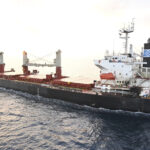Trucking into Gaza: bottlenecks mean starvation
Trucking into Gaza: bottlenecks mean starvation
Bottlenecks at the Rafah crossing in Egypt are stopping the well-oiled wheels of the World Food Programme’s (WFP’s) supply chain in its tracks. SUZANNE FENTON joins a convoy.
Colleagues tell us Hepatitis A is the number one disease in Gaza. Diarrhoeal illness is also rife due to the lack of any kind of sanitation. People – including babies, children, and pregnant women – are forced to drink dirty water or collect seawater and purify it as best they can, usually by boiling it.
I think of my own children and the efforts all parents go to, making sure everything is clean and sterilised. I think of the pregnant women and mothers surviving in Gaza and their children, who must wonder how the world can be this cruel.
There is plenty of time to think in the relative comfort of where I am – on a coastal road, on a seven-hour journey with a UN convoy of 12 vehicles across North Sinai from Cairo to Al Arish, a 40-minute drive from Rafah – one of the only two entry points for assistance into the south of the Strip.
In December, the WFP reached nearly one million people through this border, but it’s nowhere near enough. There are now only two open border crossings into Gaza, both on the Egyptian side. Lengthy checks on the Gaza side have created bottlenecks as truck drivers patiently endure plummeting temperatures and boredom for days on end as they wait for the green light from the authorities to cross over.
Opening Ashdod port in Israel, roughly 40km from the border with northern Gaza, would enable significantly larger quantities of assistance to be shipped in and trucked directly into the north, which few convoys have managed to reach. But there is no sign of that happening any time soon.
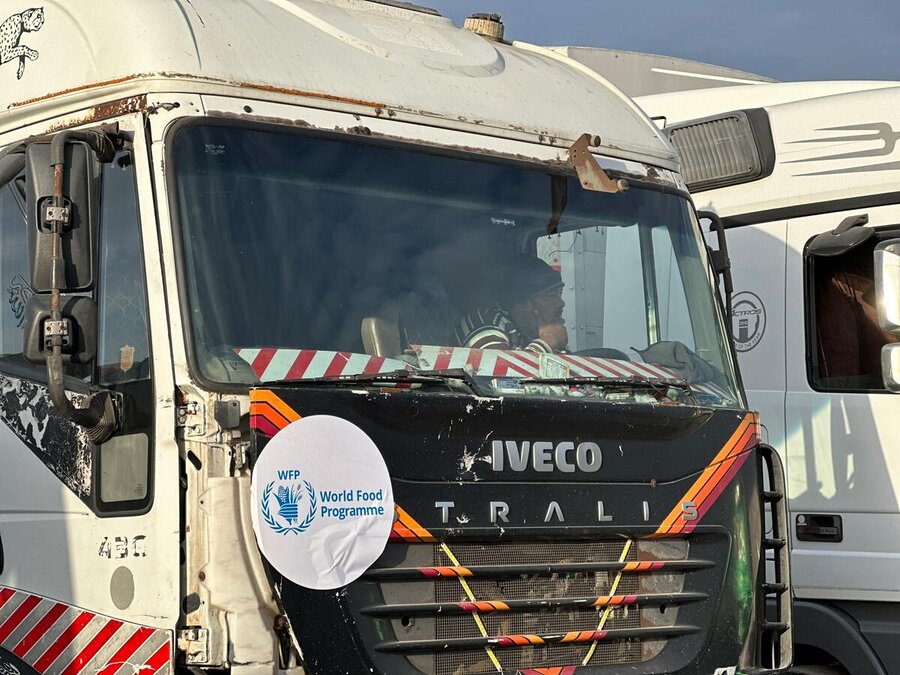
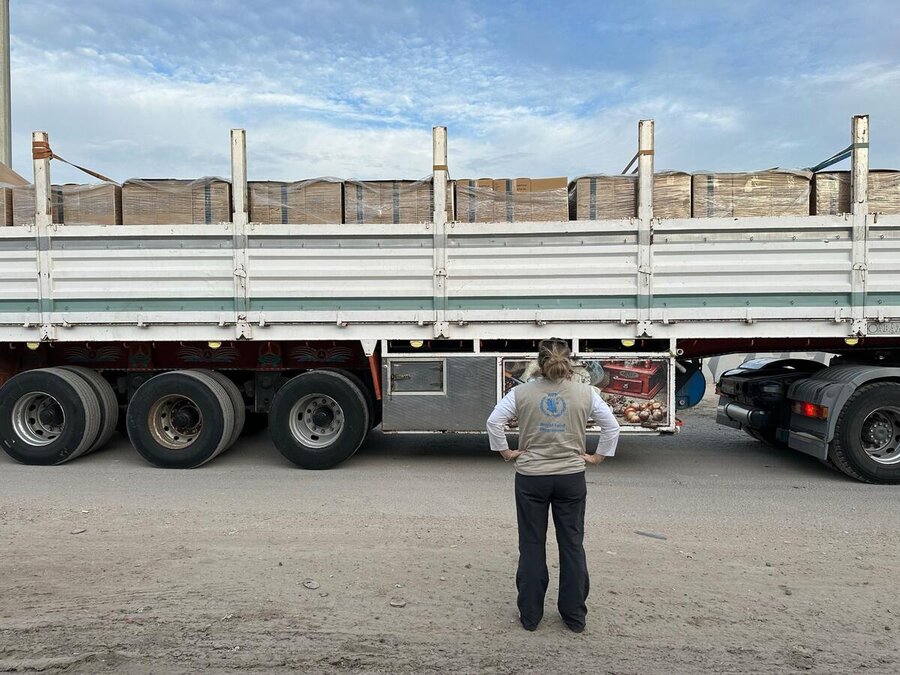
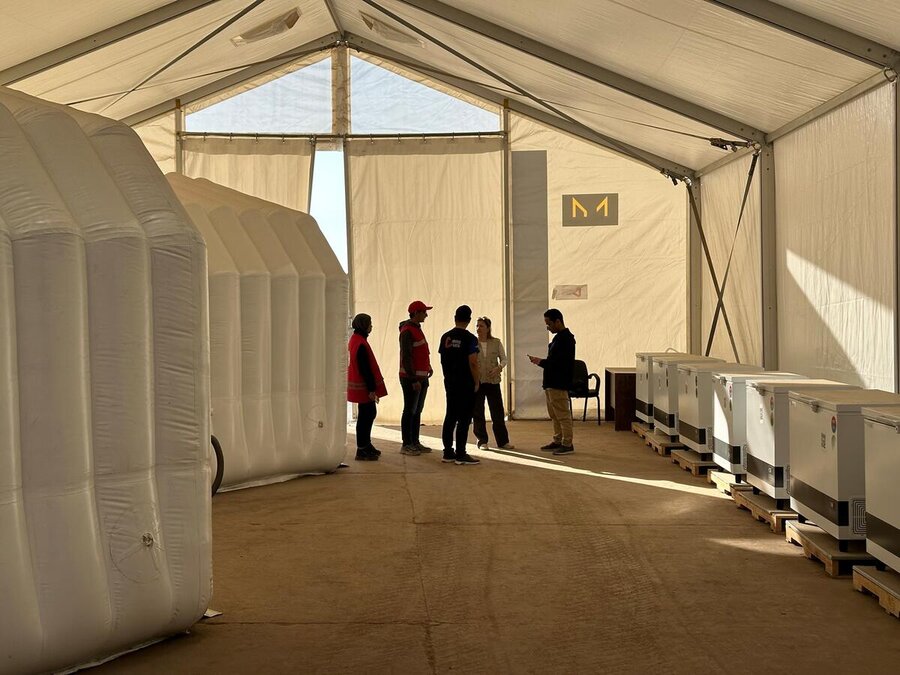
As we arrive in Al Arish, the eerie quiet of this sleepy town belies the horrors that lie a mere 50km ahead. Everyone is grimly aware we have just passed 100 days of conflict. After checking in at a hotel used as a base by UN agencies – desks replacing beds – we go to a warehouse managed by the Egyptian Red Crescent where WFP has set up four inflatable containers.
There are six more mobile storage units in another warehouse over the road. One is for temperature-sensitive items: medicine, vaccines, and insulin. The others store items rejected by Israeli authorities on the other side because they are deemed to be ‘dual use’: generators, crutches, field hospital kits, inflatable water tanks, wooden boxes of children’s toys, and perhaps most depressingly, 600 oxygen tanks.
After the last meeting of the day, colleagues and I sit in the freezing cold with glasses of hot sweet tea, listening to the waves crashing. It is hard to comprehend that just one hour away, Gazans are living in hell, watching the same sea under the same sky.
Early the next morning, 120 trucks – including 73 WFP trucks carrying 2,190 metric tonnes of food – are ready to pass through the Rafah border crossing. This is significant. Two weeks ago, only 60 to 80 vehicles were getting through. The increase – a huge boost to the logistics of the entire humanitarian operation – is thanks to a new inspection point just 3km from the Rafah border. Everything that crosses undergoes extensive checks.
In the narrow lanes that have formed between the lines of trucks, drivers are readying to go. Some are praying on mats on the ground; some are chatting, their voices quiet with tiredness. Many are folding away thick blankets from a tenth consecutive night sleeping in their cabs under black skies bright with stars.
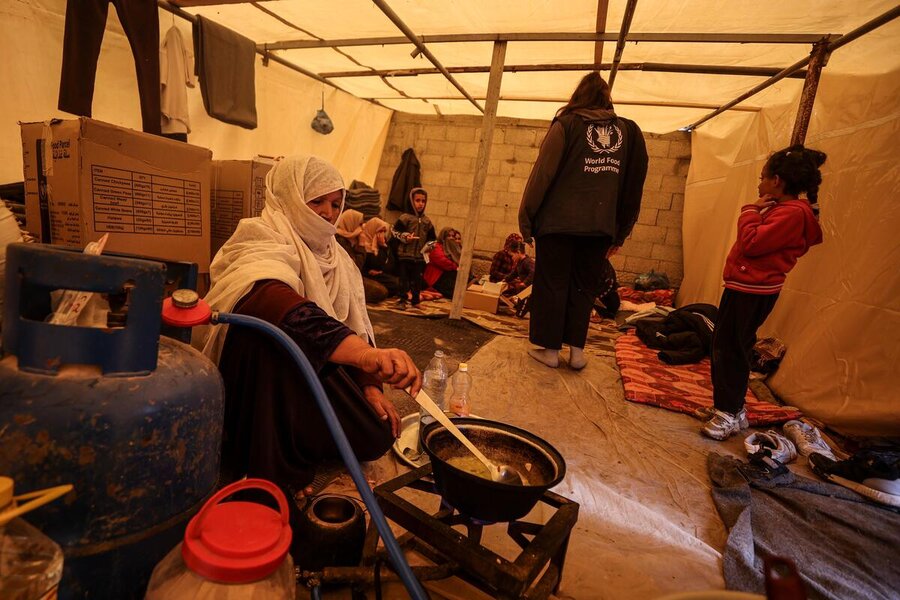
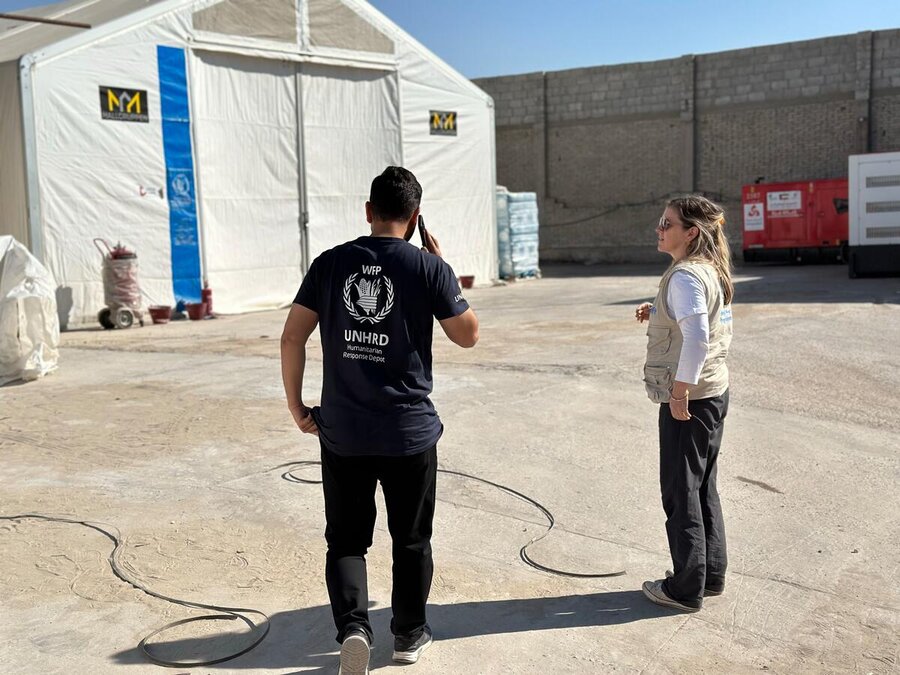
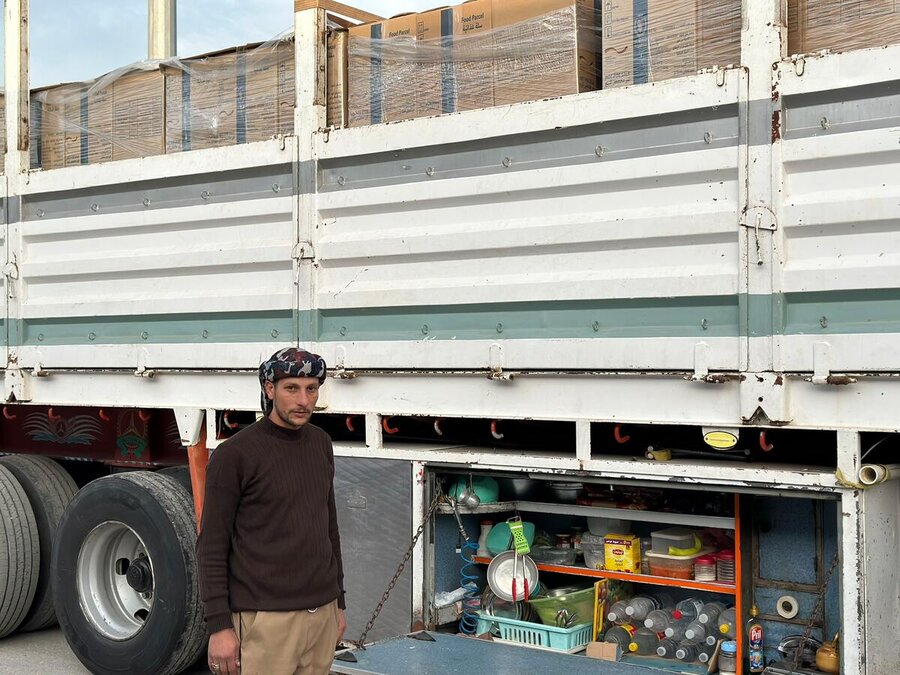
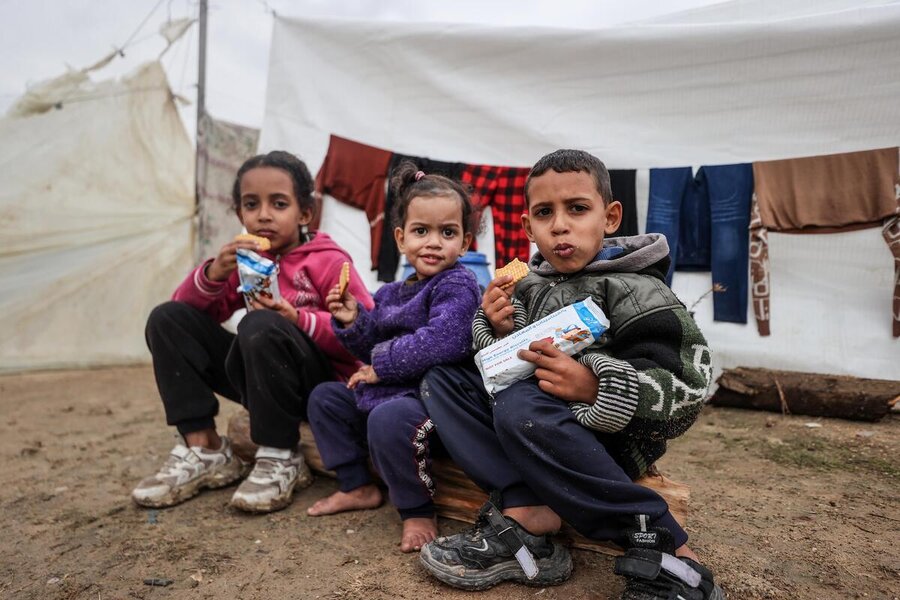
The needs in Gaza are beyond enormous, and the number of people needing assistance – in every conceivable form – increases by the day. The entire population is acutely food insecure. More than a quarter of them – half a million people – are at IPC5, the most extreme stage of hunger. They are starving.
It is strange to stand here and look at this place which has dominated the headlines in recent months. I hear the familiar sound of fighter jets above us. Our driver tells us it is common to hear shelling here and has heard it himself.
It is a perfect illustration of how tiny Gaza is – Khan Younis is just 25 minutes from here. Twenty-five minutes from an emergency unlike any other: from staggering loss of life, violence, and livestreamed scenes of indescribable horror.
All I can think about is the sheer volume of food – more than 21,000 metric tonnes – already in WFP warehouses in Port Said and on trucks ready to go to the 2.2 million people living in harrowing conditions. It is frustrating and upsetting; the food is here. We would be able to get more in if there were more border crossings. I feel like screaming it across the border so everyone in Gaza knows we are here… we are ready.
But between truckloads of food and the millions of desperate people on the other side is a 12km sand-brown wall held firm by bureaucracy and politics. Behind me, a truck door slams and an engine revs to life.
Source: World Food Programme
Published by
Focus on Transport
focusmagsa

